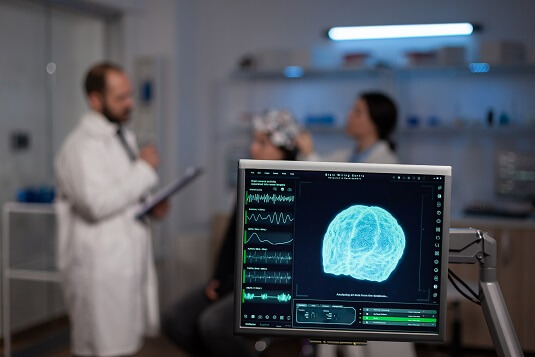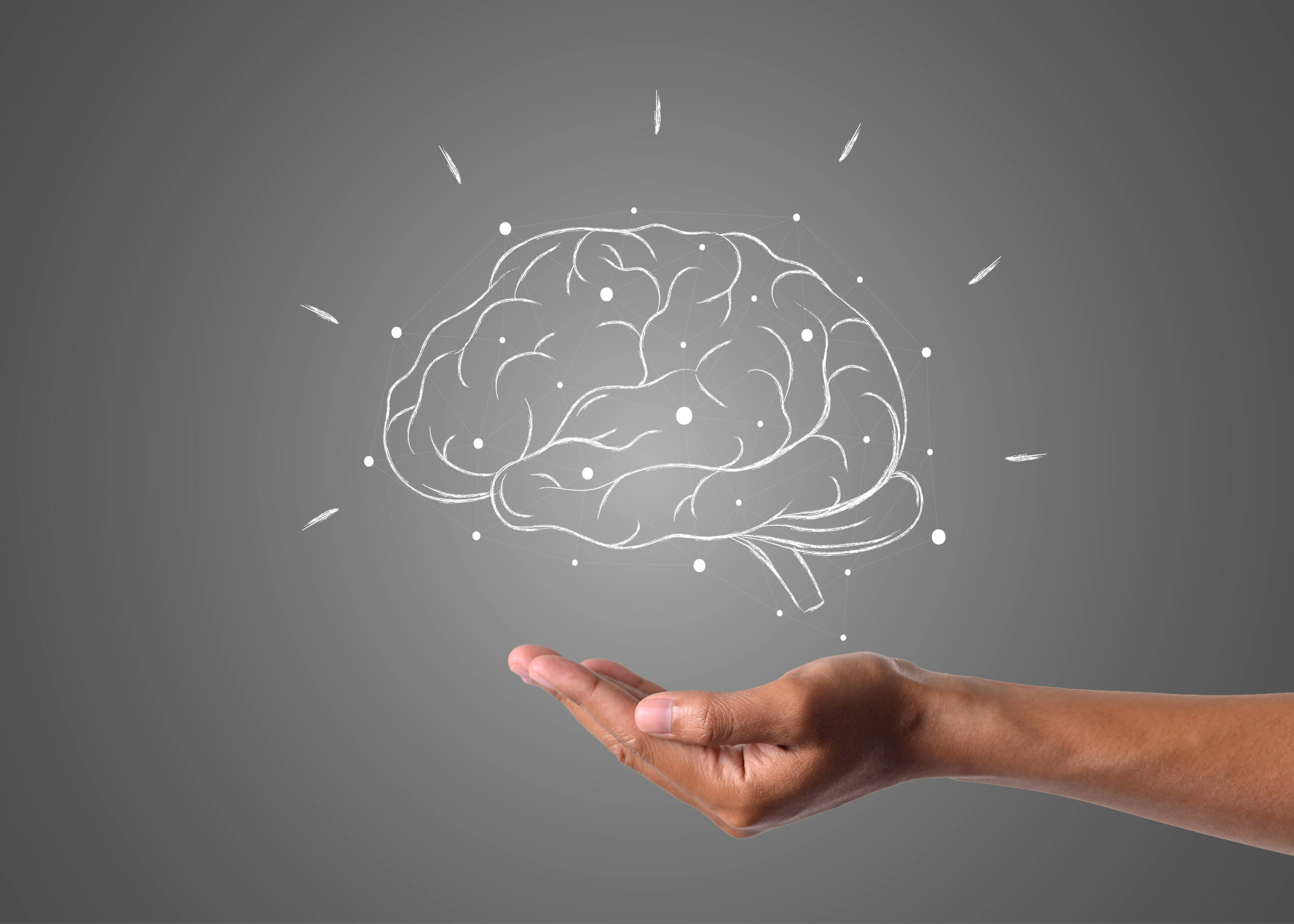PERSONAL BLOG
Seizure Disorder
EPILEPSY
Epilepsy, also known as seizure disorder, is a condition in which the neuronal cell activity of the cerebral cortex is disturbed. It is characterised by repeated episodes of focal or global cortical electrical discharges manifesting as motor, psychic, sensational or autonomic disturbances. Motor activity secondary to a seizure is known as a convulsion.

Epilepsy may occur as a result of a genetic disorder or traumatic brain injuries. Epilepsy is usually one of the complications of cerebral palsy which is a permanent, non-progressive brain condition usually characterised by developmental delay in 2 or more developmental domains. These domains are gross motor, fine motor, cognitive and language development.
Pathophysiology of Seizures 🧠
- Anything that disturbs the normal connection between brain cells can result in a seizure.
- The brain is made up of brain cells that communicate through electrical activity.
- These activities are coordinated through defined pathways in the brain that allow normal functioning.
- A blockage or interruption of these neural pathways would cause propagation of electrical activity through alternate pathways not defined for such electrical activity.
- A good number of these aberrations would lead to chaotic electrical discharges resulting in seizures.
- Conditions that predispose a person to having seizures include, but are not limited to are, high or low blood sugar, high fever, drug use, alcohol or drug withdrawal and head concussions.
- When a person has two or more seizures with no identifiable underlying cause, that person is diagnosed as having epilepsy.
Types of Seizures 🗂️
- Seizures are classified based on association with fever into febrile seizures and afebrile seizures.
- Afebrile seizures, under which epilepsy falls, is further classified into focal or generalised, depending on the extent of cortical involvement, and simple or partial, depending on whether or not there is an associated loss of consciousness.
Focal Seizures 👃
- When aberrant electrical brain function occurs in one or more areas of one side of the brain, focal seizures develop.
- Auras, or indicators that a seizure is about to happen, may occur before a focal seizure. A complicated focal seizure is more likely to cause this.
- Feelings of deja vu, impending doom, terror, or exhilaration are the most prevalent auras.
- You could also experience vision problems, hearing issues, or changes in your sense of smell.
There are two forms of focal seizures:
Simple Focal Seizures 👀
- The signs and symptoms vary according to which part of the brain is damaged.
- Your eyesight may be affected if the aberrant electrical brain function is in the region of the brain that controls vision (occipital lobe).
- Muscles are more commonly impacted. The seizures are restricted to a single muscle group. It could, for example, only affect the fingers or the bigger muscles in the arms and legs.
- Sweating, nausea, and paleness are all possible side effects.
- This form of seizure does not cause you to lose consciousness.
Complex Focal Seizures 😴
- This sort of seizure frequently occurs in the brain area that regulates emotion and memory (temporal lobe).
- You will most likely pass out. This does not necessarily imply that you will pass out. You can simply lose track of what's going on around you.
- You may appear to be awake, but you exhibit a variety of strange actions. Gagging, lip-smacking, fleeing, yelling, sobbing, or laughing are some examples.
- After the seizure, you may feel weary or sleepy. This is termed the postictal stage.
Generalised Seizures 💤
- Both sides of the brain are affected by a generalised seizure. After the seizure, you will lose consciousness and become fatigued (postictal state).
The following are examples of generalised seizures:
Absence Seizure 🧍
- This is also called petit mal seizure.
- This seizure produces a short shift in consciousness as well as staring. You'll most likely keep your stance.
- It's possible that your mouth or face will twitch, or that your eyes will blink rapidly.
- The seizure lasts about 30 seconds on average. You might not remember what happened once the seizure is over.
- You are free to carry on with your daily routine as if nothing had happened. Seizures might happen numerous times a day.
Atonic Seizure ⚠️
- A drop attack is another name for this. An atonic seizure causes an abrupt loss of muscular tone, which might cause you to fall from a standing position or drop your head. You will be limp and unresponsive during the seizure.
- This is referred to as a grand mal seizure.
- This type of seizure has five distinct phases in its typical form.
- Your body, arms, and legs will flex (contract), stretch (straighten out), and tremor as a result of these movements (shake).
- This is followed by the clonic period (muscle contraction and relaxation) and the postictal period.
- You may feel tired throughout the postictal period.
- You may experience vision or speech issues, as well as a severe headache, weariness, or body aches.
- Not everyone who suffers this type of seizure goes through all of these stages.
Myoclonic Seizure 😵
- This form of seizure is characterized by rapid movements or jerks of a group of muscles.
- These seizures tend to happen in groups. This means they could happen multiple times every day or for several days in succession.
Seizure Symptoms 🥴
- Staring
- Jerking movements of the arms and legs
- Stiffening of the body
- Loss of consciousness
- Breathing problems or stopping breathing
- Loss of bowel or bladder control
- Falling suddenly for no apparent reason, especially when associated with a loss of consciousness
- Not responding to noise or words for brief periods
- Appearing confused or in a haze
- Nodding your head rhythmically, when associated with loss of awareness or loss of consciousness
- Periods of rapid eye blinking and staring
- There could also be associated bluish discolouration of the lips during an episode
Investigations 👩⚕️
- A neurological exam
- Blood tests to check for problems in blood sugar and other factors
- Imaging tests of the brain, such as an MRI or CT scan
- Electroencephalogram, to test your brain's electrical activity
- Lumbar puncture (spinal tap), to measure the pressure in the brain and spinal canal and test the cerebral spinal fluid for infection or other problems

Treatment of Seizures 💊
- Treatment aims to control, halt, or minimize the frequency of seizures.
- The most common kind of treatment is medication. Epilepsy is treated using a variety of medications. Your doctor will need to figure out what kind of seizure you're having.
- Medicines are chosen based on the type of seizure, the individual's age, side effects, cost, and convenience of administration.
- Capsules, tablets, sprinkles, and syrup are the most common forms of medicine used at home.
- Some medications can be injected directly into the rectum.
- Medicine may be given by injection or intravenously (via a vein) if you are in the hospital with seizures (IV).
Other treatment strategies include;
Vagus Nerve Stimulation (VNS) 🧲
- One of the vagus nerves transmits brief pulses of energy to the brain in this procedure.
- This is a pair of big nerves that go down the back of the neck.
- VNS may be a possibility if you suffer partial seizures that are resistant to medication.
- A tiny battery is surgically implanted into the chest wall to perform VNS.
- Small wires are then linked to the battery and wrapped around one of the vagus nerves under the skin.
- The battery is then designed to provide energy signals to the brain every few minutes.
- When you sense a seizure coming on, place a small magnet over the battery to trigger the impulses.
- This will usually assist to end the seizure.
- Side effects of VNS include hoarseness, throat soreness, and a change in voice.
Surgery 👨⚕️
- Surgery may be performed to remove the part of the brain that is causing the seizures.
- Alternatively, the procedure may aid in the prevention of the spread of harmful electrical currents throughout the brain.
- If your seizures are difficult to control and always begin in one section of the brain that doesn't impact your speech, memory, or vision, surgery may be a possibility.
- Surgery for epilepsy episodes is a difficult procedure. A specialist surgical team performs the procedure.
- You may be awake during the procedure. The brain does not experience pain.
- The surgeons are better equipped to check areas of your brain throughout the procedure if you are awake and able to follow orders.
- For some people with seizures, surgery is not an option.

NB: FOLLOWING A SEIZURE EPISODE, ENSURE YOU VISIT YOUR DOCTOR. DO NOT STAY AT HOME!!!.
By Abimbola Ayodeji
Related Articles
Everything you need to know about Epilepsy in 60 seconds!
Everything you need to know about Febrile Seizure in 60 seconds!















